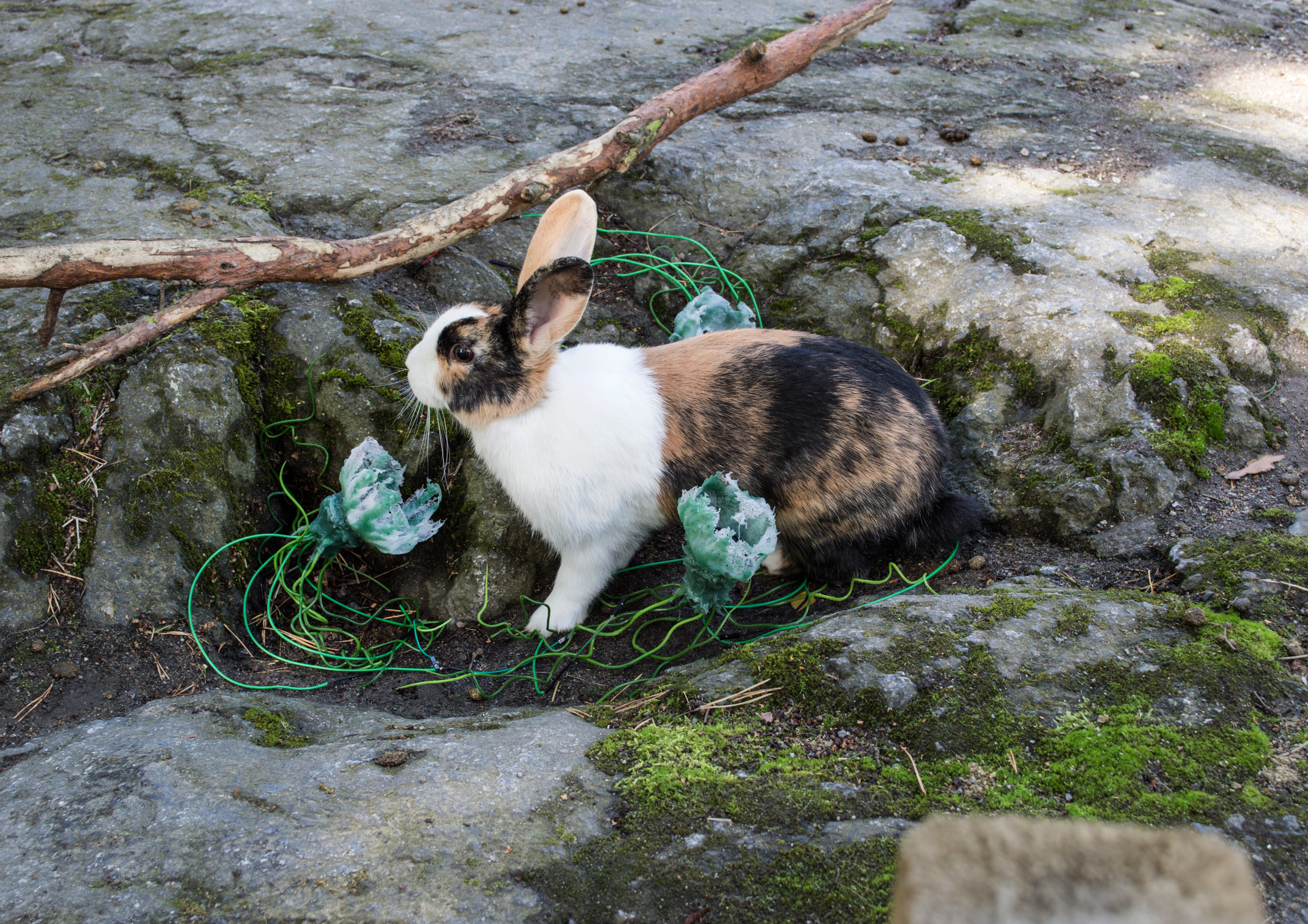AUDIBLE FLORA
A biohacked sensor plant - claiming rights to exist
A biohacked sensor plant detects pollution levels and indicates the result in sound, claiming rights to exist.
---
A group of DIY biohackers design a new sensor plant that detects pollution levels and indicates the result in sound to elevate the worsening environmental condition to their fellow citizen. When the plants are put in a beneficial surrounding, they “sing” beautifully. When put in a heavily polluted place, they “scream” a disturbing noise.
Initially, the environment improves as people respond to the emotional cues of the plants. However, having found a new niche in which to prosper, the plants eventually mutate and are spread without control, rendering polluted areas uninhabitable by noise. It’s as if nature suddenly has the power to express itself, claiming rights to exist.
--
The Anthropocene, the proposed human geological epoch, heralds mass extinction and loss of biodiversity. But with synthetic biology, we could end up in a state with even more species than before. In a future where parts (or all) of nature has been designed by humans, what would biodiversity mean? Could human-designed plants even be considered nature?
Audible Flora has been designed with good intent: to improve the environment and reduce pollution. But with the power to quickly change organisms, there is a risk that sensitive ecosystems that have taken thousands of years to develop are disrupted.
When do we classify a species as invasive, when plants created in laboratories are not native to any location? What is the moral difference between natural adaptation and human design?
Imagine a future where corporations and governments control what species that exist. Would they care about genetic pollution, when they today often don’t care about pollution?
Produced as part of “Biosynthetic Design” at the Interactive Institute.
Sound design and synthesis engine created in collaboration with composer Jonas Thunberg.


